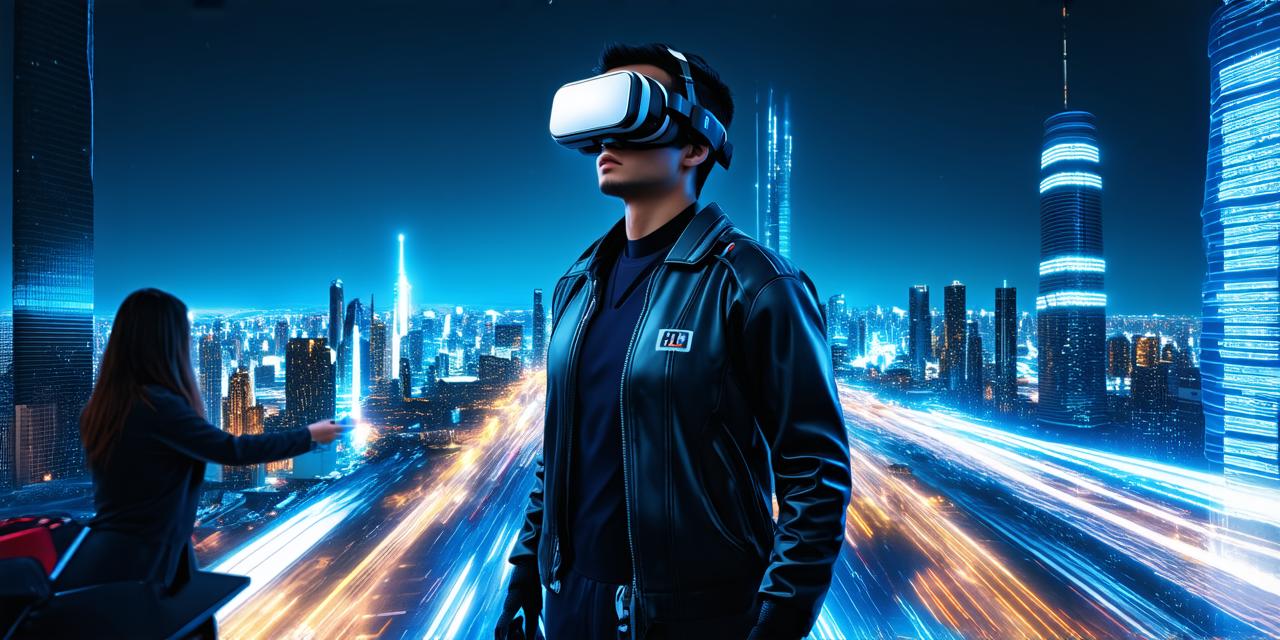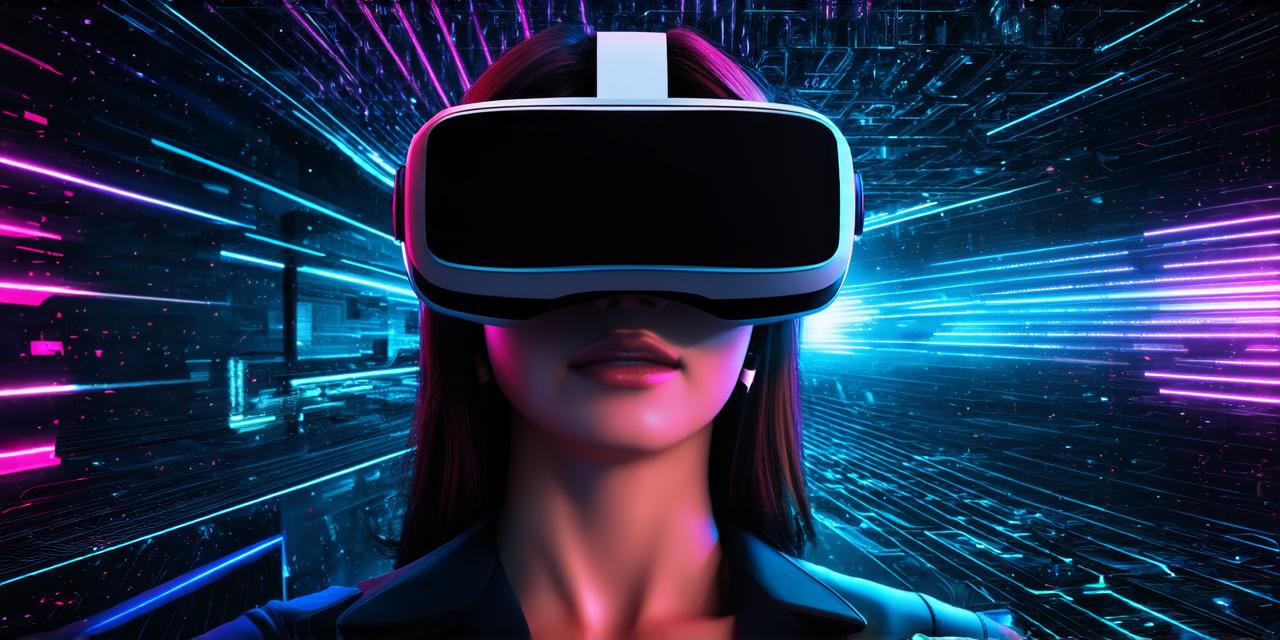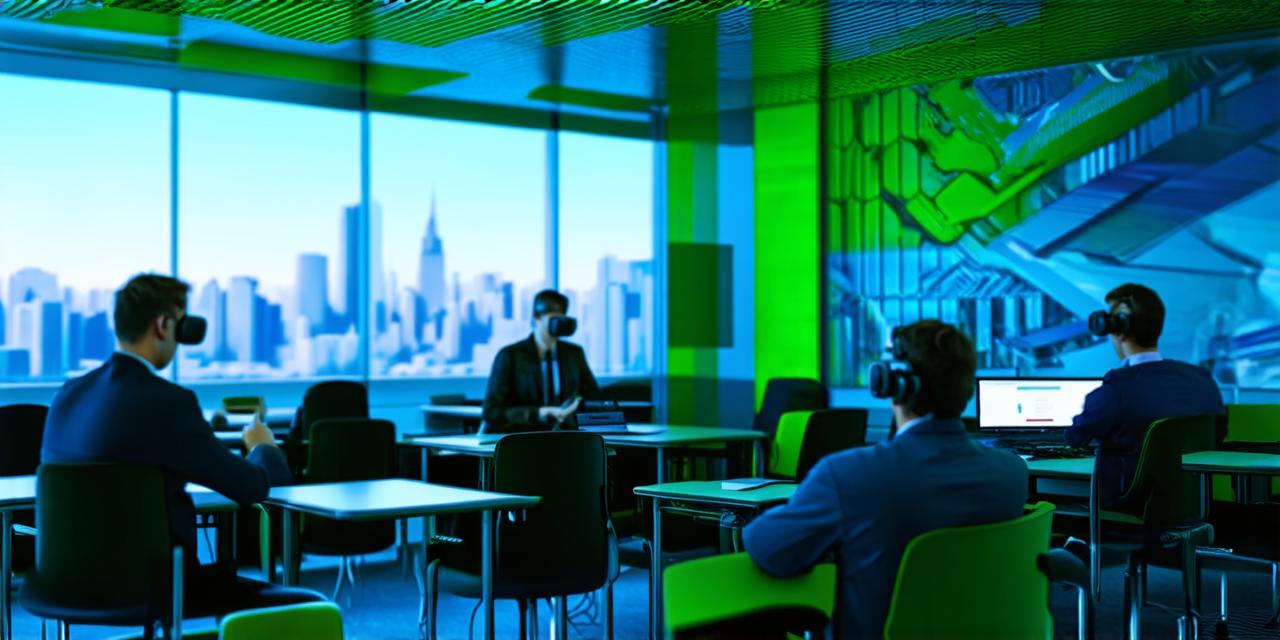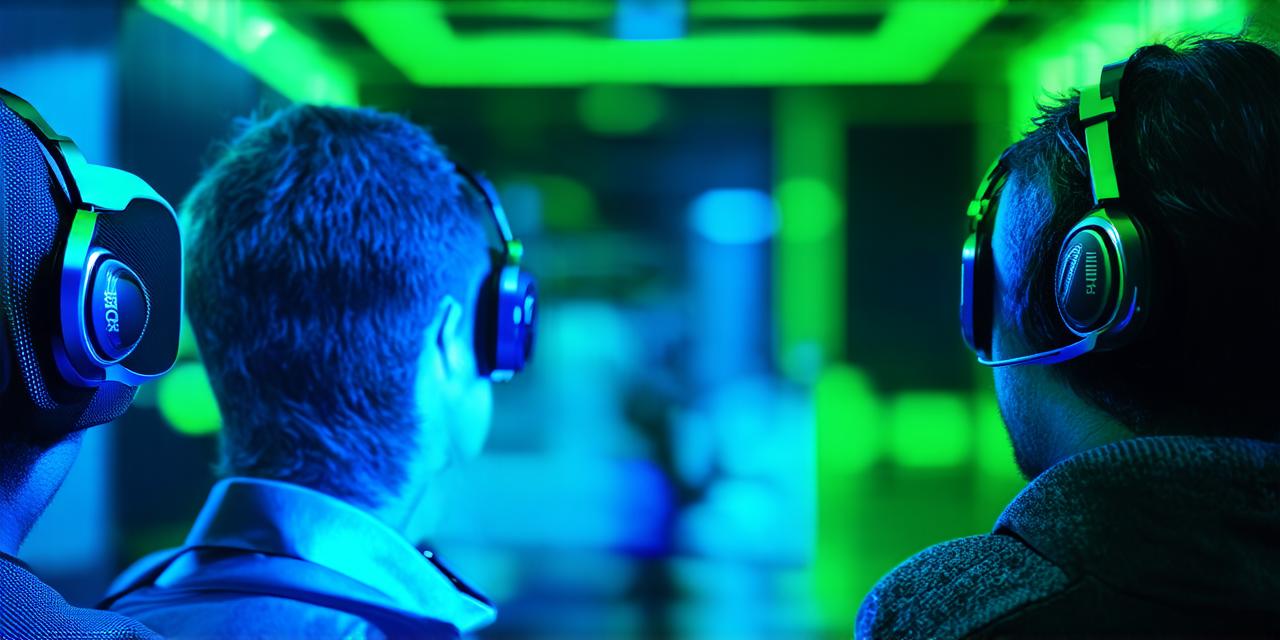Microsoft’s approach to virtual reality involves several key elements, including the development of VR hardware such as the HoloLens augmented reality headset and its partnership with Samsung to create a standalone VR headset. Microsoft has also been working on software for VR, including versions of its popular Office suite that run in VR environments.
In addition to its work in VR, Microsoft has also been exploring the intersection between virtual and augmented reality technologies. For example, it has been developing mixed-reality apps that combine elements of both AR and VR, such as “Mixed Reality Capture”. These apps allow users to interact with virtual objects in a more natural way, by using hand gestures and eye tracking instead of traditional controllers.
The growth of VR is likely to have significant implications for AR developers, who may need to learn new skills and tools in order to stay competitive in the market. As VR becomes more mainstream, there will be an increasing demand for developers who can create immersive experiences that combine AR and VR technologies.

One example of how AR and VR are being used together is in the field of architecture. Architects can use VR technology to create virtual walkthroughs of their designs, allowing clients to explore and interact with them in a more immersive way. This can help to save time and resources by reducing the need for physical models and allowing clients to see and experience the design in a more realistic way.
Another example is in the field of manufacturing. By using VR technology, manufacturers can create virtual prototypes of their products, allowing them to test and refine designs before going into production. This can help to reduce costs and improve quality by catching errors early on in the design process.
Personal experiences with AR and VR technologies have shown that they can be powerful tools for creating more engaging and interactive experiences for clients. A developer who has worked with both technologies described how they allowed him to create more immersive and interactive experiences for his clients, and how he found that VR technology provided a level of immersion that was difficult to achieve with AR alone, while AR technology allowed for more precise and accurate interaction with virtual objects.
Several studies have shown the benefits of using VR technology in training and education. For example, a study conducted by the University of Maryland found that students who learned through VR-based simulations performed better on practical tests than those who learned through traditional methods. Another study conducted by the University of Washington found that VR technology was effective in reducing anxiety and improving empathy in medical students. These studies suggest that VR technology can be a valuable tool for teaching and learning, particularly in fields where hands-on experience is critical to mastery.




